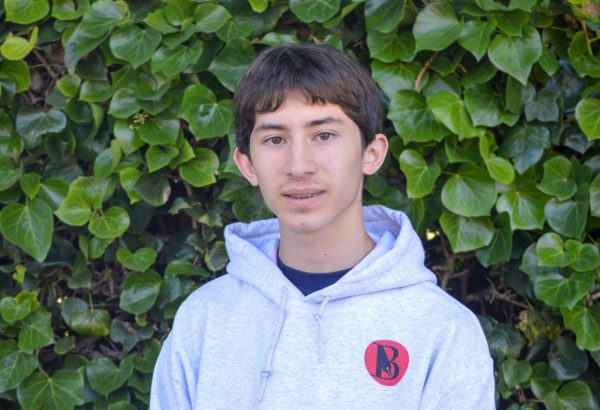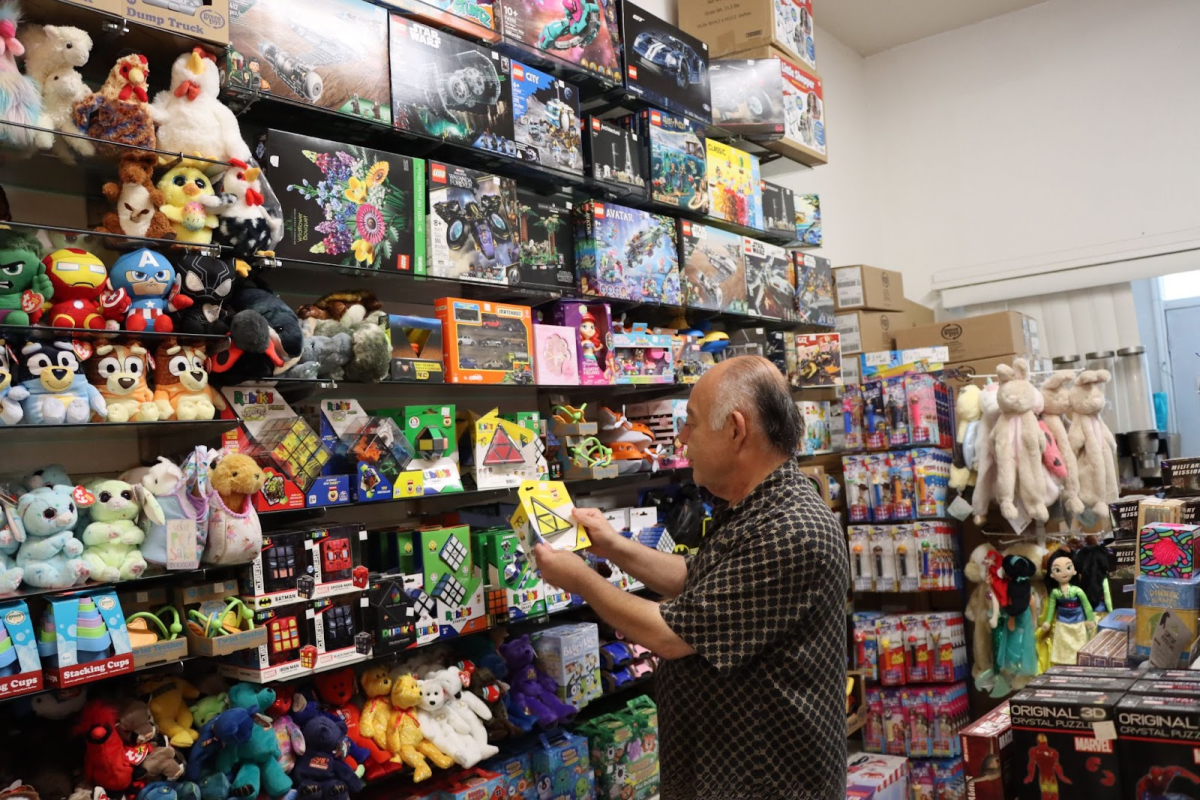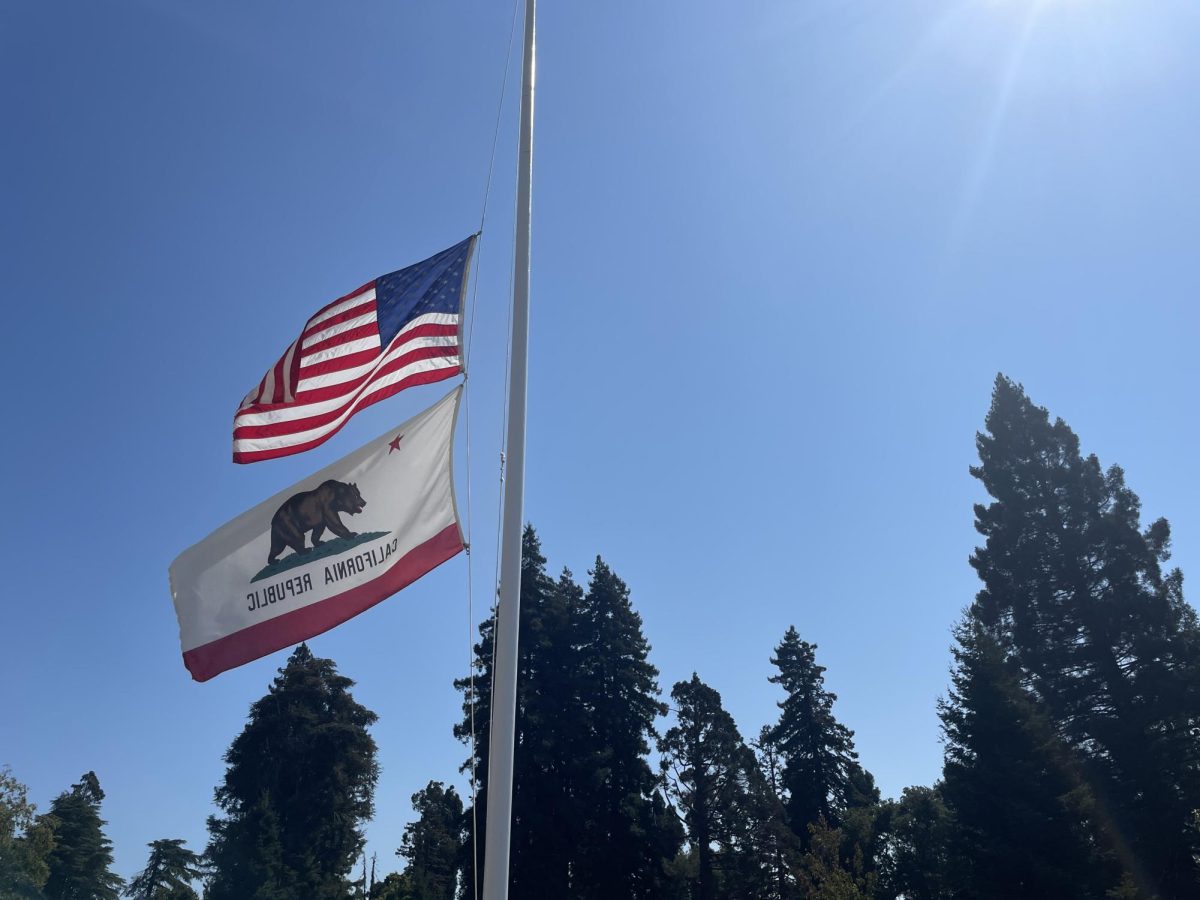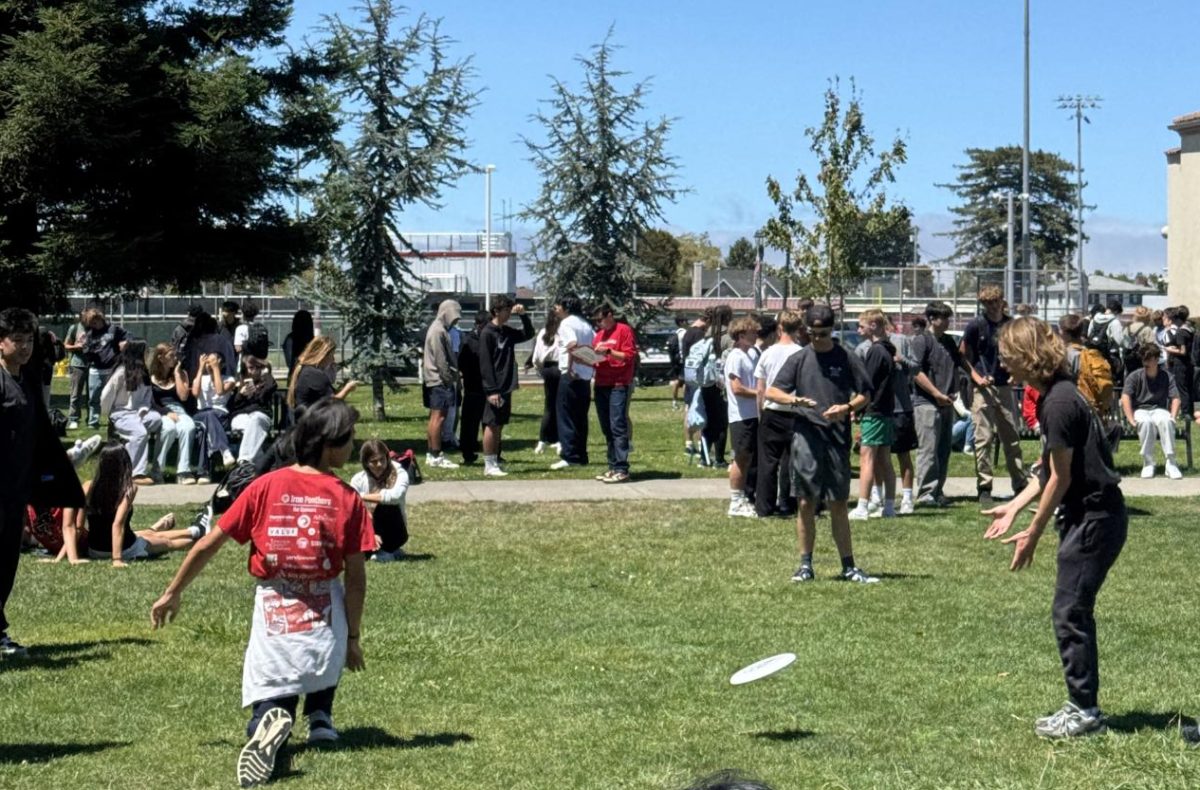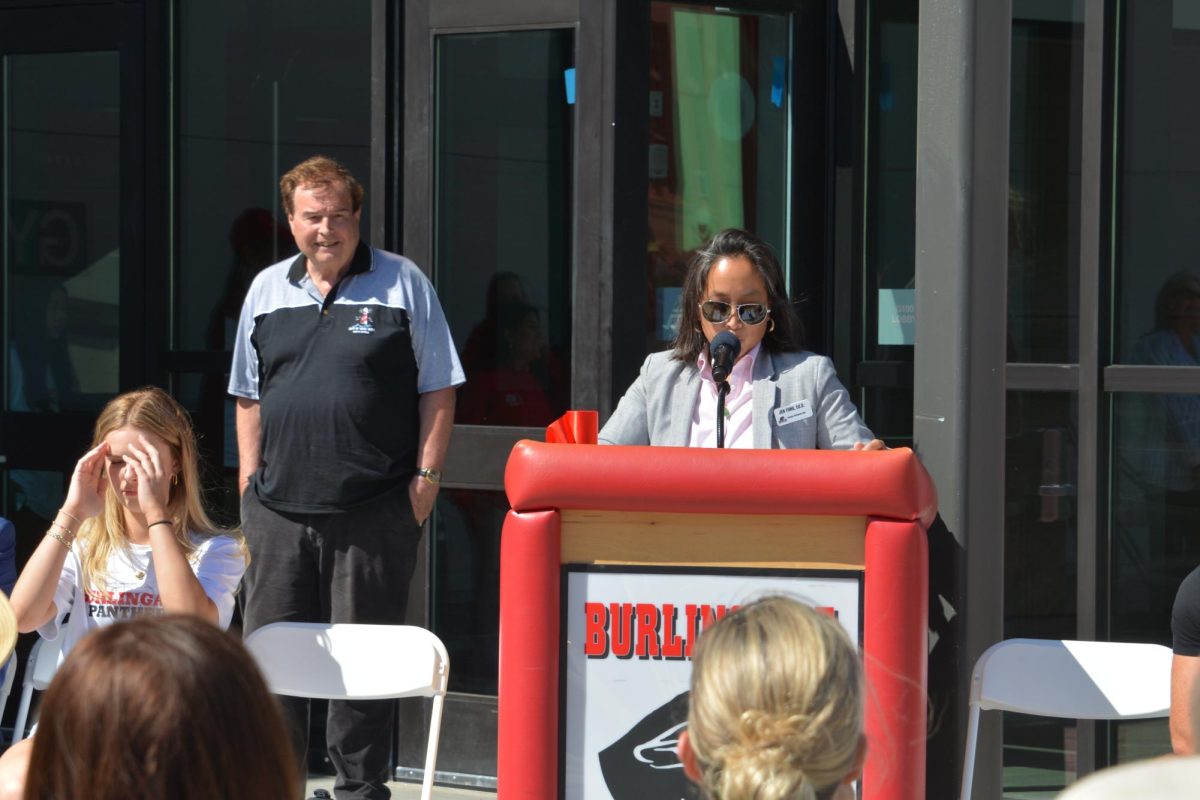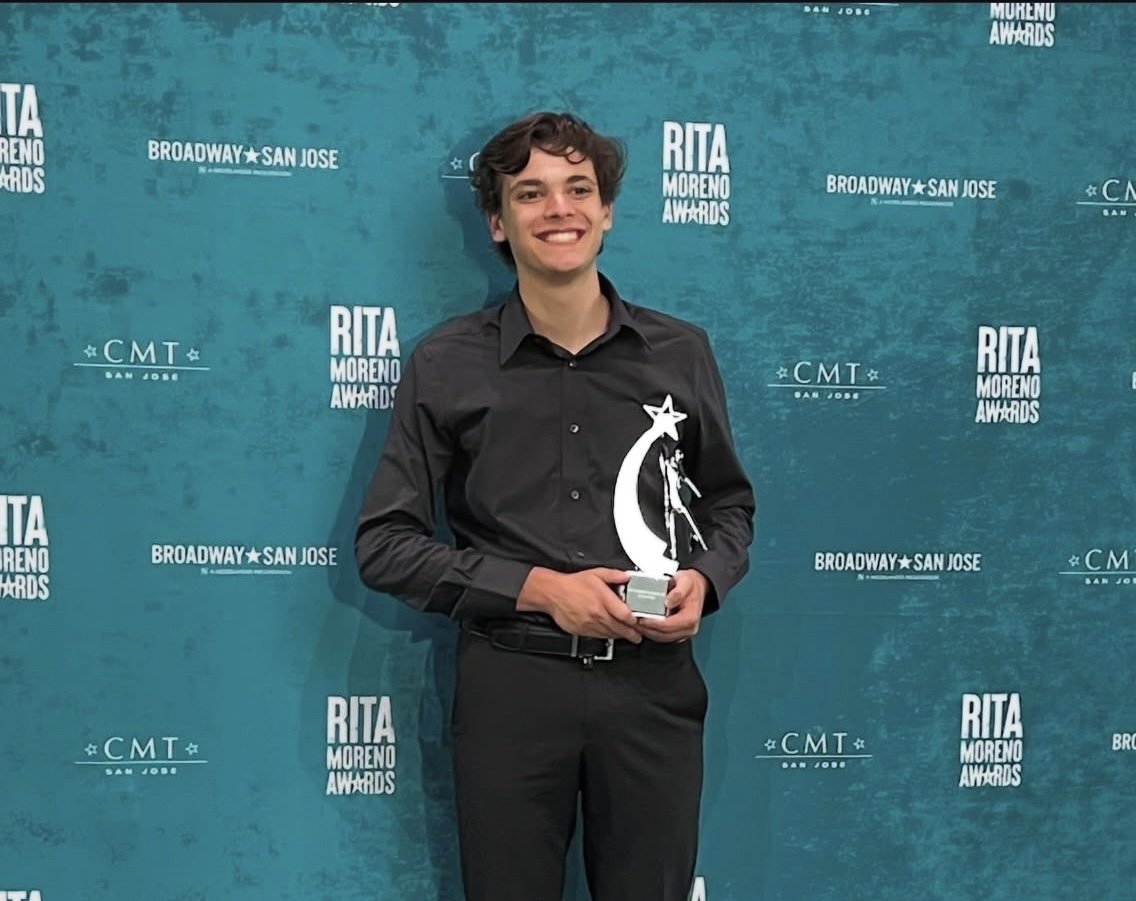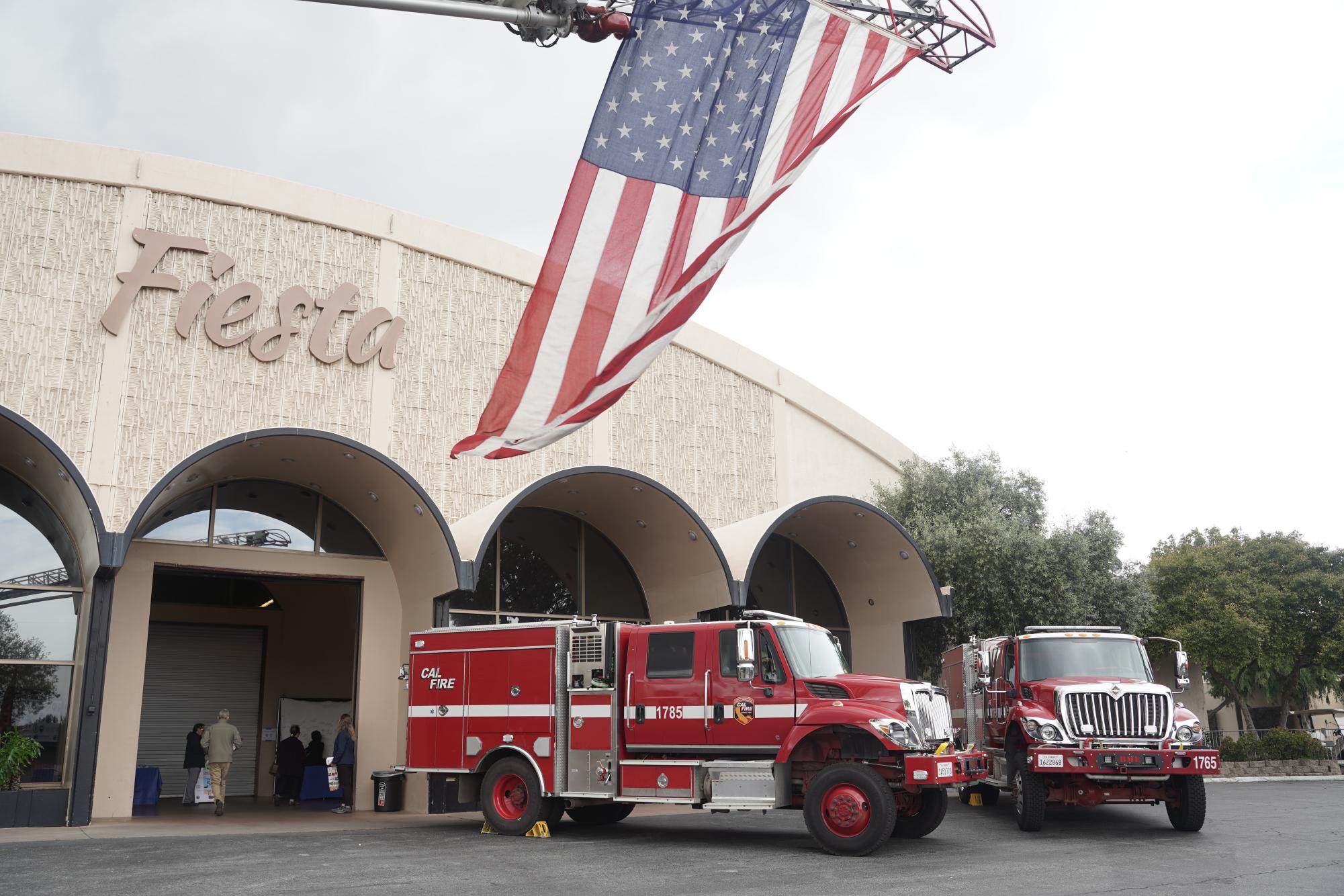
In California, “spread like wildfire” is often more than a simile — it’s a harsh reality. According to the Insurance Information Institute, the state is the most fire-prone in the country, and since the beginning of 2025, major fires like those in the Pacific Palisades and Eaton have already burned over 60,000 acres. In 2024, that number was greater than 1 million, and climate change threatens to exacerbate the issue.
To help raise awareness, San Mateo County’s (SMC) Department of Emergency Management organized a “Don’t Be Scared, Be Prepared” wildfire preparedness event at the San Mateo County Event Center on Saturday, April 26. The three-hour event featured panels from San Mateo County’s District Supervisors, firefighters, police chiefs, and fire survivors, as well as 40 booths providing services and information on everything from general preparedness to public safety programs and home plant management.
“We know from experience that natural disaster could strike any time. So this event today is about taking that preparation seriously and taking action,” San Mateo County District 5 Supervisor David Canepa said during the opening ceremony.
Speakers pointed out that Burlingame’s topography resembles that of Palisades or Eaton, given the close integration of nature into many of its neighborhoods. Though Burlingame has not suffered any major wildfires, at least an eighth of Burlingame properties remain at risk in the next 30 years, according to First Street.
“Especially on the coast, we have a lot of WUI — wildland urban interface. Even in some of the areas like Belmont Hills or San Carlos or Hillsborough, we are tucked in with nature,” Director of San Mateo County’s Department of Emergency Management Shruti Dhapodkar said. “A lot of the trees in those areas are highly flammable, so even one ember could light up significant areas. And we have one way in and one way out of lots of parts of the county, which is problematic because there’s no way to build more roads in those areas.”
The event’s first panel included Betsy Burton Firebaugh, a survivor of the CZU Lightning Complex fires, Heather Vandenberghe, a survivor of the Palisades fire, and Fire Chiefs Jed Wilson and Mark Lorenzen. A key theme of the panel was the sudden and unpredictable nature of disasters, and how overcoming the “it will never happen to me” mindset can be live-saving.
“My older daughter… said, ‘Do you smell fire?’ She’d been watching news and getting alerts from friends, and she said, ‘You should go outside.’ And I go outside, and there is a massive brown cloud moving towards us,” Vandenberghe said. “I called my daughter, I said, ‘Everything’s fine, don’t worry.’ And everything was not at all fine. I went outside, saw the neighbors, everyone’s packing up, but we didn’t get the evacuation order until two hours later. So by the time the evacuation order came, half the Palisades had already burned down.”
For both Firebaugh and Vandenberghe, trusting their intuition on when to evacuate was critical. Equally important was preparing ahead of time by having important resources on hand and knowing escape routes.
“It’s one of those communities where… there’s one road exit, and that is terrifying, and so I always tell people, ‘think about what your exit strategy is,’” Vandenberghe said. “We got out on [Pacific Coast Highway], and nine minutes later, I saw a gentleman post something on Instagram where he was one of those folks that had to leave his car and run to the beach. So those nine minutes … saved us the trauma of having to run with our tote bags, our dogs, my child. When you feel like you need to get out, don’t wait for the evacuation order to come. Get out.”
There are many things a family can do to prepare for an evacuation event or minimize the damage caused by the fire. The simplest things include preparing a ‘Go-Bag’ with First Aid supplies and rations, organizing important files and objects in advance, and remembering to gather the six P’s before an evacuation: people or pets, papers, prescriptions, pictures, personal (digital) data, and plastic (credit cards, ATM cards).
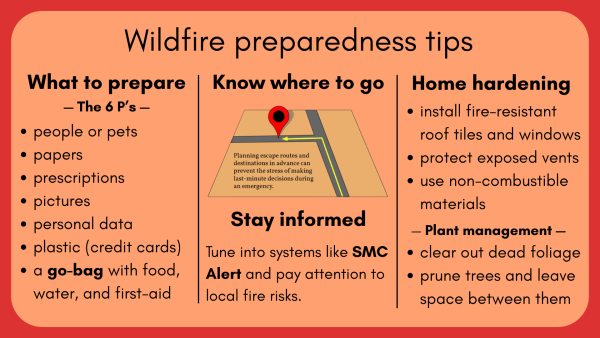
From there, it’s important to talk with family about escape plans and communication protocols. Getting familiar with neighborhood routes and evacuation areas can help avoid traffic jams and prevent the stress of making last-minute decisions during an emergency. Simple actions such as taking just one car or turning off the gas and heating, ventilation, and air conditioning systems can also make a significant difference. More importantly, Firebaugh said to establish clear boundaries on when to evacuate.
“My advice for people: before a fire, have a discussion within your family about what the tipping point is,” Firebaugh said. “What’s it going to take for you to leave?”
More in-depth preventative measures include plant management — clearing out dead foliage and planting fire-resistant shrubs — and retrofit home-hardening techniques, such as replacing roof tiles and windows, covering vents and other inlets, and using non-combustible building materials. In addition, tuning into systems like SMC Alert and staying informed about local fire risks can help one recognize potential threats and know when to start worrying.
Referencing community alert systems, the packed convention hall, and the thousands of first responders and behind-the-scenes workers dedicated to making a positive impact, a clear message of the event was that emergency preparedness is a community effort.
“Look around you. There are nearly 40 tables of exhibitors, demonstrations and resources, even Smokey the Bear and Captain Cal are here. The incredible turnout shows that in San Mateo County, we don’t just talk about resilience. We build it together,” Canepa said.
Tackling emergencies likewise requires many layers of community involvement. In the same way that disaster preparedness is more than the ability to evacuate quickly, dealing with fires is more than stopping them when they arise — the fight begins long before that.
“A lot of times people ask, ‘When should I start doing defense in this space?’ I always tell them ‘Yesterday, you’re always a day behind,’” Wilson said.
With that approach in mind, CAL Fire Forestry Assistant Alexander Hudson addresses fuel reduction in high-risk areas to reduce the likelihood and frequency of fires well in advance.
“There are a large number of ways that a fire can start, a fire can spread. I really enjoy what I do, because I feel that I can give the first responders — folks that arrive first — a much better chance of keeping that fire small and getting it out before it can damage homes, life, property, and grow into a larger thing,” Hudson said.
-
“Smokey the Bear” and “Captain Cal” pose with event attendees.

-
Betsy Burton Firebaugh, a survivor of the CZU Lightning Complex fires, Heather Vandenberghe, a survivor of the Palisades fire, Fire Chiefs Jed Wilson and Mark Lorenzen, and San Mateo County District 1 Supervisor Jackie Speier form the event’s first panel to talk about the survivors’ experiences.

-
Mercy High School displayed their student artwork — “Phoenix Rising” — outside the front entrance of the convention center. According to two Mercy seniors, it represents resilience in the face of setbacks.
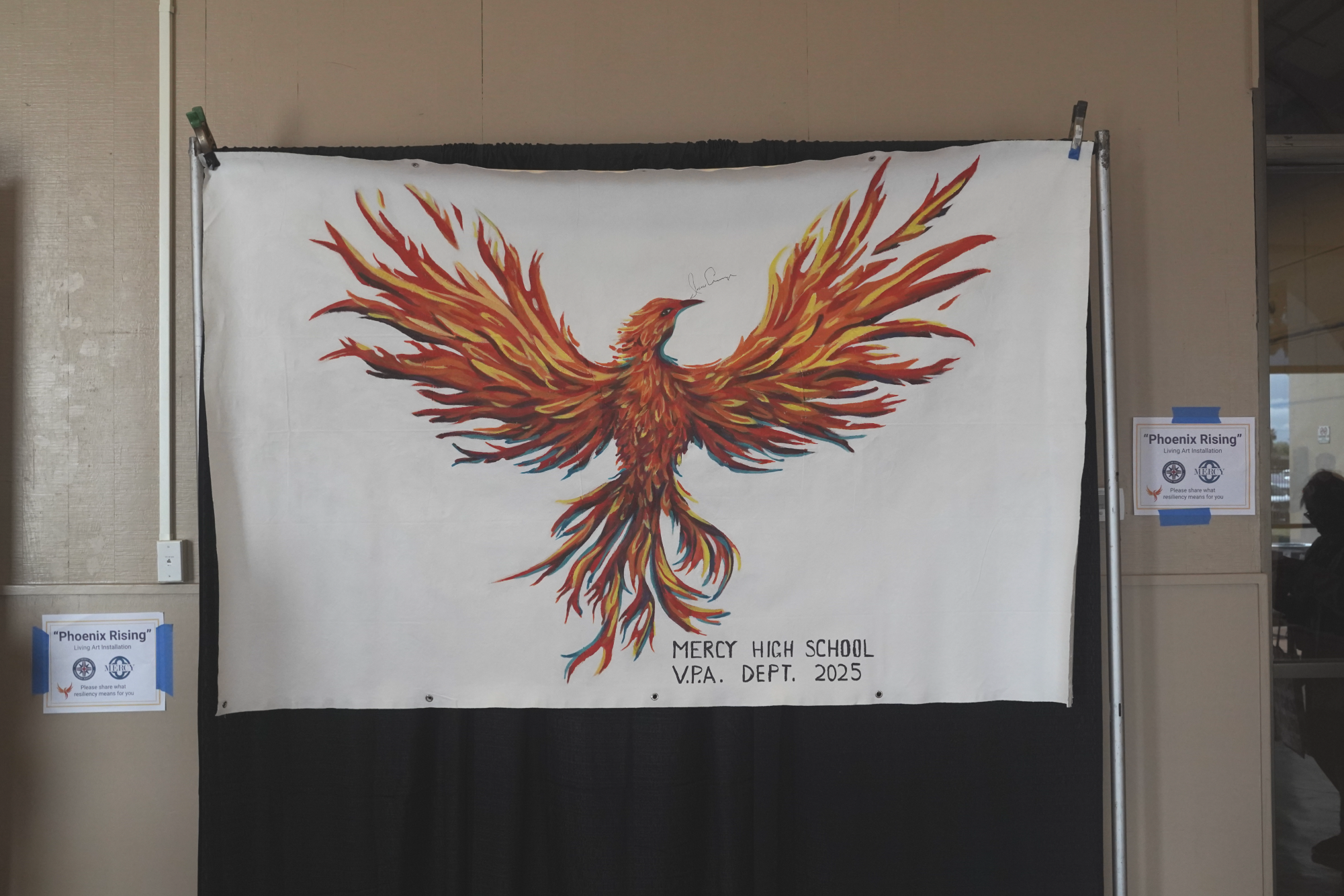
Thanks to Hudson’s work, it’s easier for first responders like Emergency Medical Technician Zachary Lyssand to aid victims on-site.
“I have a passion for helping others,” Lyssand said. “It’s a very rewarding thing, being able to go help people when they’re having their worst day.”
The event, in and of itself, is a preemptive measure because it exposes people to important information that could save lives down the line.
“We can’t just depend on first responders and government anymore. It’s now a 50/50 shift in responsibility where people need to be prepared,” Dhapodkar said. “There’s not enough first responders. There’s not enough government agencies to help everyone in the first 72 hours. So people need to be able to figure out the first 72 hours.”
By bringing together different generations, professions, and stories, Dhapodkar said the event serves as a reminder that outreach can help spread awareness just as quickly as wildfire.
“My experience doing this has taught me that educating people early is important, and we collectively don’t do that right. There’s an expectation and reality mismatch between government agencies and the public — we need to get on the same page,” Dhapokdar said. “… We need your generation to be more prepared.”
Your donation will support the student journalists of Burlingame High School - CA. Your contribution will allow us to purchase equipment and cover our annual website hosting costs.
